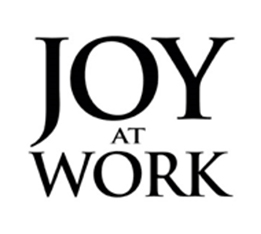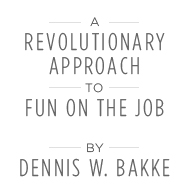COMPARE IT
A Conventional Approach
The principal purpose of the company is creating shareholder value although other purposes or goals may be mentioned.
Decisions are made or approved by leaders at the highest practicable organizational level.
Leaders see their role as managing people and resources.
Adopt participative management techniques, in which bosses ask subordinates for advice but make the final decisions themselves.
Job positions, slots, and titles remain basically the same over time. Only the names with the boxes change.
Management and labor are treated and paid differently. problems between management and labor will often arise.
Pay set by bosses.
Shared values are promoted as a technique to
improve chances to achieve economic goals.
Turnover of employees is higher.
The Joy at Work Approach
The principal goal or purpose of the company is stewarding its resources to serve in an economically strong manner.
Decisions are made by nonleaders at the lowest practicable organizational level.
Leaders see their role as serving other employees.
Allow subordinates to manage resources and make decisions. Oversee rigorous advice process and fire people who do not use it appropriately.
No company-wide job descriptions. Every person is considered unique and must build a job around his or her unique skills and passions.
There is only one category of employee within the organization. There are no separate management people.
Ongoing experiments allowing individuals to set their own compensation, after getting advice from collegues and supervisors.
Shared values are goals to which the company aspires in and of themselves, not merely as a means to financial ends.
People enjoy their work and do not want to leave.



